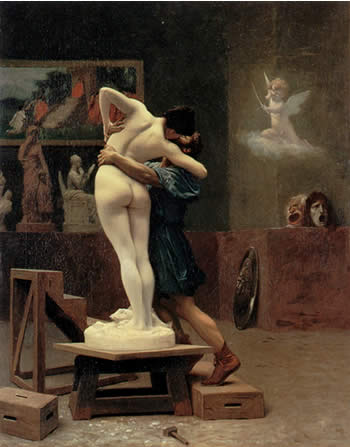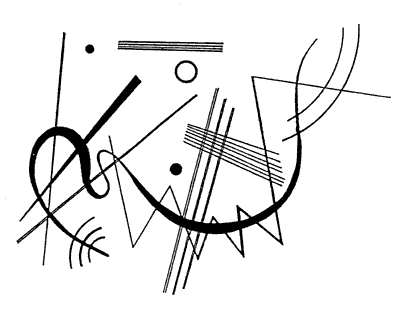"Perhaps once any human becomes intimately attuned to the nuances of character of some entity, the complexity of the relationship is always described in terms of the similarly complex relationship between living things. Hence, to this writer two blocks of marble seem alike. Yet to a sculptor attuned visually to their vein structure, aurally to their resonance when struck, and through his finger tips to their texture and the response of a tool, the blocks have internal dynamics: a complex force or stress which can be sensed. This feeling he readily attributes to its “life”.
This idea, as exemplified by the seeming conflict between cold, hard, freshly quarried stone and the soft warmth of expertly carved marble, is perhaps nowhere better illustrated than in Jean-Léon Gérôme’s painting “Pygmalion and Galatea” (c. 1890). This work, housed in the Metropolitan Museum of Art, New York, depicts the sculptor Pygmalion embracing his creation, Galatea (right). What better way for the painter to capture the character of the stone and the sculptor’s personal relationship to it, than by reference to the organism he and his subject find most desirable? “The statue had all the appearance of a real girl, so that it seemed to be alive, to want to move, did not modesty forbid” [2]. In his telling of the story from which the painting is derived, Ovid too references the many creation myths that tell of immortals breathing life into figures of earth and stone. It is fitting that Pygmalion should kiss his bride-to-be as a pulse is brought to her veins." [1]

Oil on canvas, 35x27, in The Metropolitan Museum of Art, New York, USA (photograph by the author)
